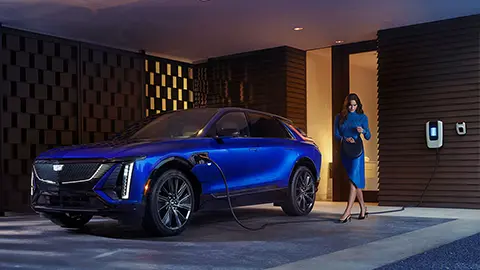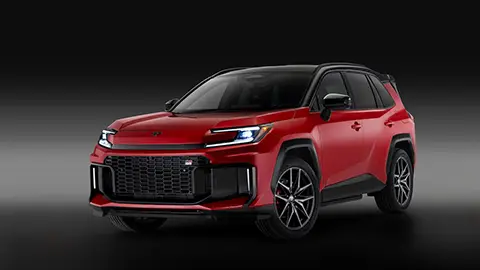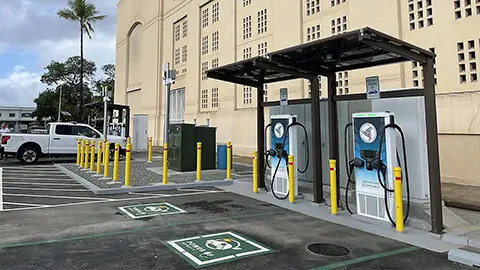Google Maps’ Eco-Friendly Routes
Now you can easily find the least polluting route to your next driving destination, just so long as it takes no longer than the fastest one. Google Maps recently released info on an app that will highlight environmentally friendly directions to where you want to go.

Eco-Friendly Routes: What Does it Mean?
We’ve all used apps to plot our driving course or find out how to get somewhere, but Google Maps will soon suggest the car route with the lowest carbon footprint. Right now, the current system defaults to the fastest directions, without regard to carbon emissions used. But the new model will use information such as road type, incline and traffic congestion to estimate emissions, according to Google.
Users in cities like New York and London will also start to see mass transit and cycling featured more prominently when they request directions to a destination. “This benefits the planet and also helps drivers save money, as routes that require higher fuel consumption also lead to higher gas bills,” says Russell Dicker, director of transportation product at Google Maps.
Google Maps joins other transportation services in testing and rolling out eco-friendly options that companies hope will help them meet environmental goals and compete for users. For instance, ride-hailing services such as Uber and Lyft have started using mass transit directions as well as the option of calling for a lower-emission car.

Fuel, Incline, and Traffic Will Determine Eco-Friendly Routes
Google Maps won’t hide higher-emissions routes, the company says, explaining that users can choose among their options on the service, which will display estimated travel time as well as likely carbon emissions for each. Using insights from the US Department of Energy's National Renewable Energy Lab, Google will optimize routes based on fuel consumption, taking factors like road incline and traffic congestion into account. Drivers are shown how much lower CO2 emissions are for the most fuel-efficient route, which is highlighted by a green leaf icon and a carbon-emission estimate. Users can also set their preferences to go with the fastest route, regardless of carbon footprints.
The bottom line here is user awareness. If companies such as Uber, Lyft and Google Maps provide new ways to recap how green a user is, how much time they have saved, or how much they have reduced emissions, they will become aware of how much they have contributed to helping the environment. That is just better for all of us.
Google Maps will roll out its eco-friendlier routes in the United States later this year, with the rest of the world to follow.
Visit our Learning Center for more creative ways to lower your CO2 emissions.
















